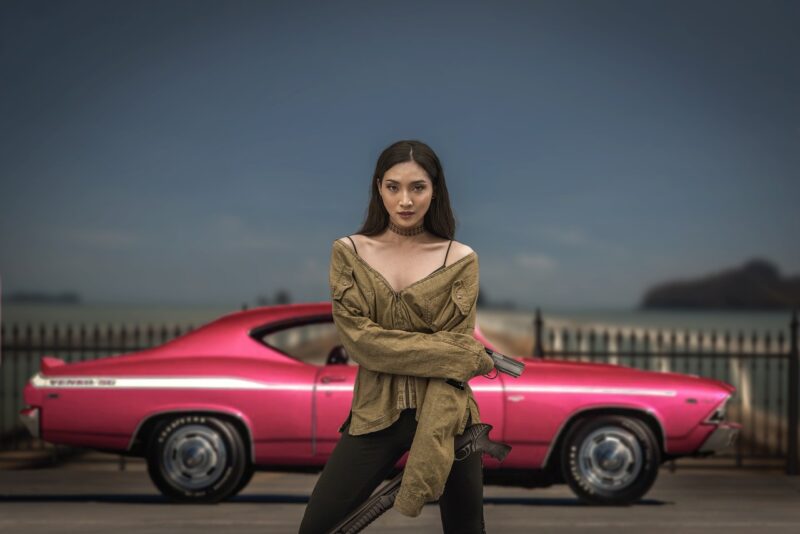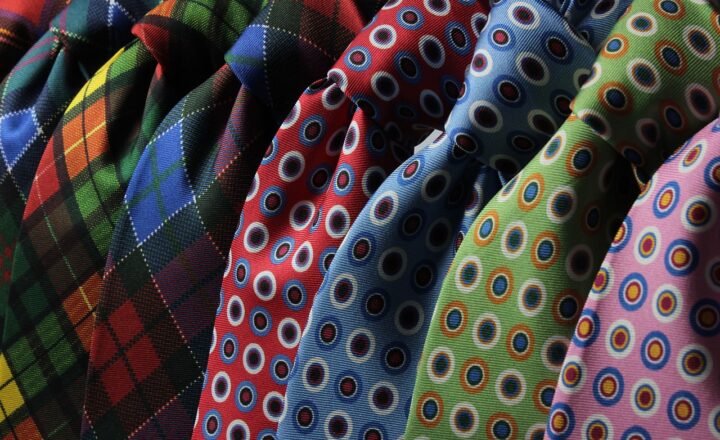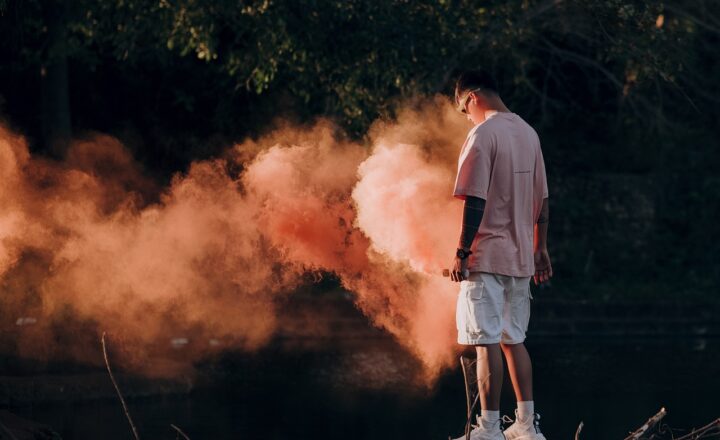
The Mafia, often associated with organized crime, violence, and illicit activities, has had a surprisingly pervasive influence on the fashion industry over the decades. This article explores the extensive connections and impacts that organized crime syndicates have had on the fashion world, from controlling production and distribution to creating trends and even shaping the very image of luxury brands.
1. A Brief Overview of Organized Crime’s Role in Fashion
The underbelly of the fashion industry is sometimes overshadowed by glamorous runways and high-profile celebrity endorsements. However, behind the scenes, connections to organized crime create a complex web that influences everything from garment production to high-fashion retailing.
The Mafia has historically entered the fashion industry primarily through:
- Manufacturing Control: The Mafia has been known to exert influence in garment manufacturing, particularly in the mid-20th century when many factories were swept up in union disputes where organized crime played a role in negotiations and, at times, coercive tactics.
- Distribution Networks: Organized crime groups often control crucial distribution channels, ensuring that products reach retailers while pocketing substantial sums on the side, sometimes leveraging threats or violence to maintain their grip on these networks.
- Influence on Trends and Brands: By funding or supporting certain brands, the Mafia can propel particular styles into public consciousness, creating trends that can transform into societal norms, often leveraging the association of luxury and exclusivity in their operations.
Understanding this shadowy influence can provide insight into the game of power and prestige in the fashion industry.
2. Historical Context: Mafia and Fashion in the 20th Century
The relationship between organized crime and fashion industries has roots stretching back to the early 20th century. Notably, the rise of Italian and American Mafia organizations coincided with the growth of the fashion worlds in cities like New York and Milan.
– Prohibition Era : The 1920s and 1930s saw the Mafia thrive in the shadows of legitimate businesses, which included racketeering in the burgeoning garment district in Manhattan. Organized crime figures were known to take stakes in various fashion businesses, ensuring they benefited from the profits without being directly associated with the operations.
– Post-War Boom : After World War II, as luxury fashion began to flourish, the Mafia sought to exploit this growth by infiltrating various levels of the fashion supply chain, ensuring their stake remained solid as trends changed and evolved.
The confluence of creativity and crime painted a complicated picture of the fashion industry’s growth, with narratives that often went unexamined in public discourse.
3. The Mafia’s Grip on Fashion Brands and Runways
As the Mafia’s influence in the fashion industry grew, various high-profile brands began to exhibit unusual patterns of collaboration, sponsorships, or endorsements that raised eyebrows.
– Sponsorships and Fashion Shows: Reports show that organized crime figures have participated informally in funding runway shows, creating an aura of legitimacy for brands that might otherwise struggle to make a name for themselves. By associating with notorious names, these brands often find themselves gaining an audience by sheer intrigue.
– Mysterious Models and Designers: The presence of models or designers with rumored ties to Mafia families has stirred discussions about the potential impacts of these networks on the choices made at design houses or within powerful fashion agencies.
This undercurrent of influence unveils how closely woven the threads of organized crime are with the glamorous tapestry of the fashion world.
4. Fashion as a Shield: The Use of Glamour and Choice
Interestingly enough, the allure of fashion often acts as a protective layer for organized crime’s activities. Luxury brands can lend a sense of sophistication that obscures the less savory aspects of their operations.
– Cultural Narrative and Capital: High-fashion brands often project narratives around personal freedom and lifestyle choice. This narrative can sometimes mask the violence and coercion that may underpin some of their success, as the underworld remains hidden just outside the fashion spotlight.
– Market Manipulation: By taking control of supply chains and relevant partnerships, mobsters can manipulate market prices, creating scarcity and driving up demand for products. This practice allows them to control luxury brands, both in terms of influence over consumer choices and overall profitability.
This duality of allure and crime raises questions about the very fabric of high fashion.
5. Recent Trends: The Mafia and Modern Fashion Influence
In today’s world, while much has changed, the influence of organized crime continues to persist, although it may be more subtle in its manifestation.
– Contemporary Artist Collaborations: Current collaborations between fashion houses and artists can be scrutinized for potential organized crime ties, especially when artists possess backgrounds connected with illicit enterprises. These partnerships often further blur the lines between legitimate and illegitimate endeavors in the fashion world.
– Celebrity Endorsements and Social Media Influencers: With the rise of social media, celebrities and influencers can embody a perceived luxury lifestyle, which can be leveraged by underground networks to mask their connections to crime through fashion. The curated image of glam can obscure hidden ties to organized crime.
As fashion evolves, organized crime finds innovative ways to integrate itself into the changing landscape, keeping the influence alive and well, albeit sometimes unacknowledged.
6. Conclusion: Recognizing the Hidden Narrative
The influence of the Mafia on the fashion industry is an intricate dance of power, prestige, and illicit gain. As consumers, critics, and industry professionals, recognizing these connections can prompt dialogue about the ethical implications tied to our purchasing decisions in a world perpetually fascinated by glamour and chic.
Understanding the hidden narrative that connects organized crime and fashion can help us better navigate the complexities of modern consumerism and appreciate the layers beneath the surface of our favorite brands. The interplay of crime and luxury is a stark reminder that the most beautiful garments can sometimes come shackled to unspeakable stories of power and influence.
This reflection takes us a step closer to transparency and perhaps a more responsible engagement with the fashion industry, urging us to look beyond the graceful silhouettes and dazzling runway presentations.








